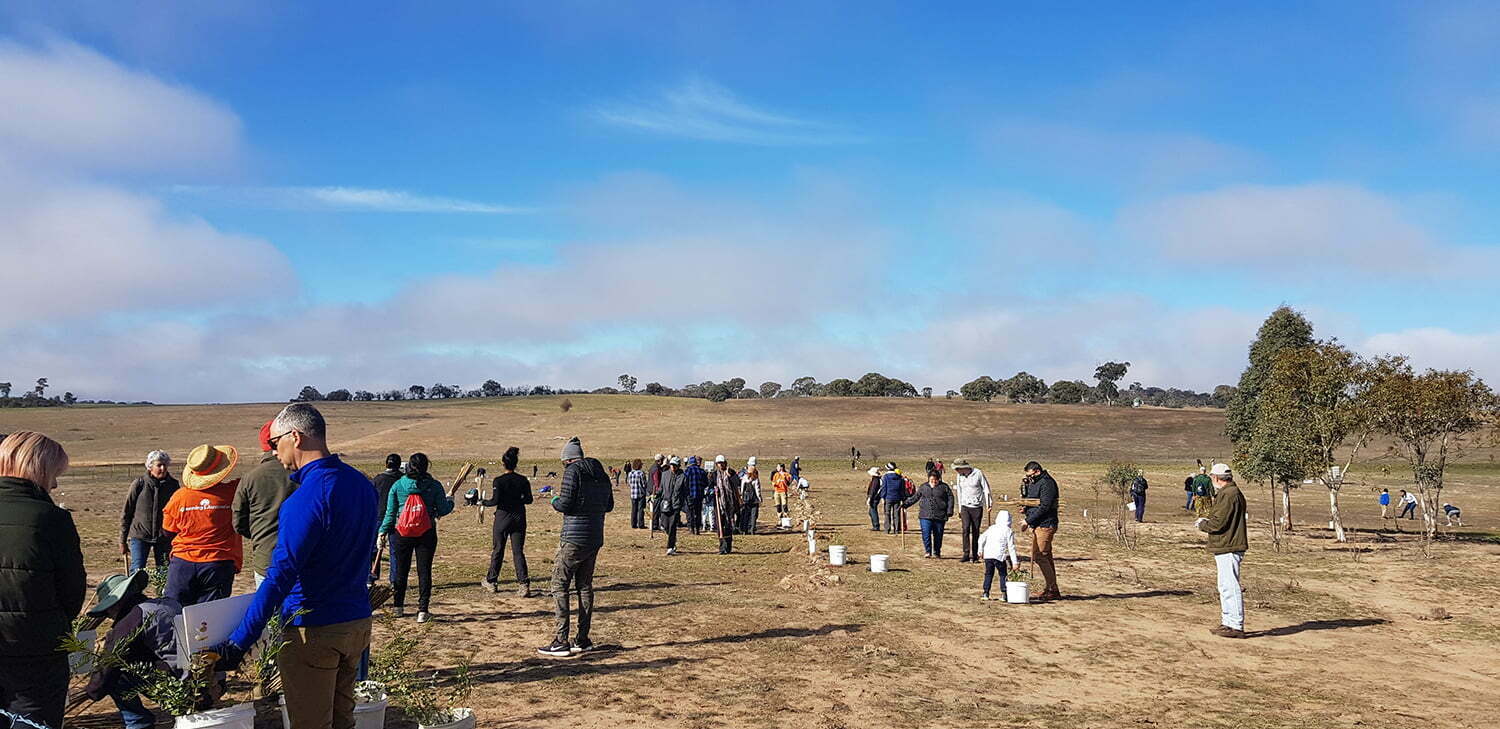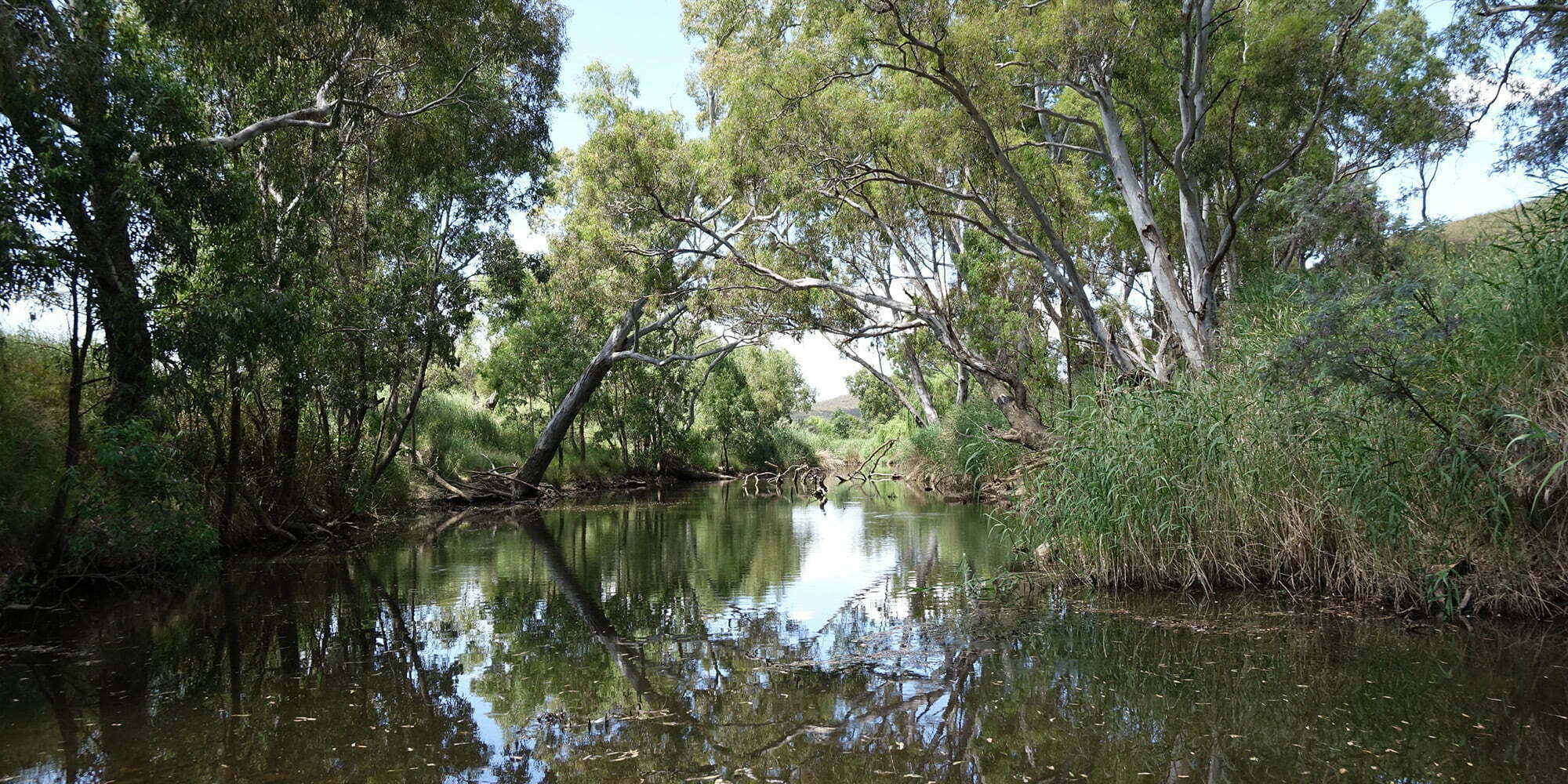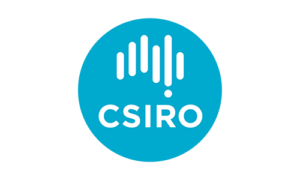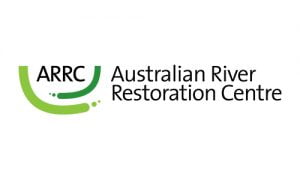“Methods for measuring carbon storage will underpin carbon offset programs and trading mechanisms to bring about emissions reductions and increased sequestration. The links between the carbon cycle and other ecosystem services means that the methodologies developed in one context may be applicable to addressing a range of biodiversity conservation issues.”
Australian Government 2009
Article updated: 21 June 2021 (first published 18 August 2017)
Rivers of Carbon encourages landowners to take advantage of the incentives available to revegetate for carbon sequestration, along with the other ecosystem services riparian areas provide. We recently did some investigation into the opportunities presented for landowners to claim carbon credits through the Emissions Reduction Fund (ERF).
When it was set up, the objective of the ERF was to help achieve Australia’s 2020 emissions reduction target of five per cent below 2000 levels by 2020. Since then, the fund has continued to continue incentivising the adoption of practices and technologies that reduce emissions. To date, 499 emissions reduction projects are contracted to deliver 205 million tonnes of emissions reductions under the fund, with projects ranging from flaring methane gas at landfills, increasing soil carbon, boosting energy efficiency through equipment upgrades, and regenerating native vegetation (Australian Government 2016, 2021).
Native reforestation is one of a number of ‘approved methodologies’ for sequestering carbon under the ERF. There is a greater focus on planting mixed native species (rather than a single species approach) and, as such, the revegetation methodology has been refined to include ’Mixed Species Environmental Plantings’. Other vegetation methodologies include prevention of deforestation, and native regeneration, which can form part of many environmental rehabilitation programs.
The process for being involved in Carbon trading for native reforestation starts with the land manager checking that the activity they wish to carry out is suitable, using one or both of the following guides:
The following steps are then undertaken:
- Determine whether the project is suitable and whether you will use a broker.
- Join the scheme with the Clean Energy Regulator.
- Secure a contract with the Australian Government by participating in an auction.
- Run your project according to the method you have chosen to use. Report on your project and ensure it is audited when required.
- Claim Australian carbon credit units (ACCUs) for the emissions reductions you have achieved and sell them.
Note that the ACCUs are not required to be sold to the Australian Government to participate in the fund.
The Clean Energy Regulator administers the Emissions Reduction Fund, runs auctions, manages contracts, and monitors compliance with the safeguard mechanism.
This process can be undertaken by the land manager or through a broker. The reporting processes can be complex, and administration can outweigh the financial gains, however, the full monetary return goes directly back to the seller. Generally, in the case of using a broker, their services price will be a percentage of the unit price or a fixed fee.
The broker takes on responsibility for assessing, trading, reporting and any other associated risk (as negotiated between the seller and the broker). As brokers undertake this role across numerous sites, this provides greater opportunities for smaller holdings who would otherwise find it onerous to participate. Brokers are also in a position to provide advice on carbon trading more broadly (Greening Australia 2016). Some examples of Australian brokers are listed below in the ‘more information’ section, but it is up to the land manager to source the appropriate services of an Australian or International broker, depending on individual needs.
Rivers of Carbon and trading riparian carbon
The Rivers of Carbon project targets sites with good recovery potential. Generally our sites have a mixture of revegetation and natural regeneration, which lends itself to sequestering carbon as well as attaining other benefits such as biodiversity, water quality and sustainable agriculture.
The Rivers of Carbon model reduces the initial investment costs through the provision of subsidies to assist landholders with on ground actions. In this context, carbon credits would be retained by the landholder, and any trading of carbon viewed as an added bonus for sites that are appropriate to do so. Trading carbon is more suited to larger sites where the administration costs can be better absorbed. At this stage, the cost of a broker can be prohibitive for a sole landowner, however, a group of landowners could form a consortium and trade their combined carbon. This could make it more economical and profitable than ‘going it alone’.

More work is underway to account for revegetation work that is adding on to prior planting. This is good news for Rivers of Carbon, as we tend to target sites that have some vegetation and can recover well with on-ground works to form intact native vegetation corridors. At this stage, most of our Rivers of Carbon sites are too ‘young’ and not sufficiently mature (newly planted vegetation over 2 m high) to meet the requirements of the environmental plantings methodology.
In general, riparian rehabilitation should be carried out for other reasons than solely to trade carbon, with any future benefit from carbon trading viewed as an added benefit.
More Information
- Australian Government Emissions Reduction Fund at Department of Industry, Science, Energy and Resources, on emissions-reduction@industry.gov.au
- Clean Energy Regulator on enquiries@cleanenergyregulator.gov.au or call 1300 553 542
- business.gov.au can provide advice on the application requirements for energy efficiency and other emissions reduction opportunities. Call 13 28 46.
- Department of the Environment, Water, Heritage and the Arts (2009). Ecosystem Services: Key Concepts and Applications, Occasional Paper No 1, Department of the Environment, Water, Heritage and the Arts, Canberra.
- Australian Carbon Traders
- Greening Australia – Carbon Farming Opportunities
- CO2 Australia

Our Carbon Science Resources
We are fortunate to have researchers in Australia who are keen to make their science applicable in the ‘real world’ and meaningful to our landholders. Rivers of Carbon is continually embracing new knowledge, whether that be from science or experience, so that we can provide the best advice and gain optimum environmental and social outcomes.

